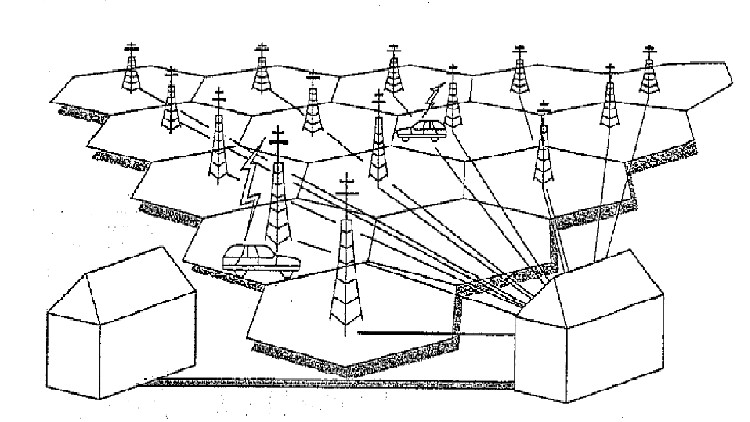Digital Signal Processing: Discrete Fourier Transform (DFT)

Why take this course?
🎓 Digital Signal Processing: Discrete Fourier Transform (DFT) with Koti Reddy
Course Headline: Mastering the Discrete Fourier Transform (DFT) and Its Properties
Unlock the Secrets of Digital Signals with DFT!
Welcome to our comprehensive online course on one of the cornerstones of digital signal processing: the Discrete Fourier Transform (DFT). This transform is a game-changer in analyzing and processing signals, and by the end of this course, you'll have a deep understanding of how to harness its power.
What is DFT? 🔍
- The Discrete Fourier Transform (DFT) is a mathematical technique that transforms discrete time signals into the frequency domain. It's essential for understanding signal characteristics and for performing various signal processing tasks, such as filtering and signal analysis.
- Unlike its continuous counterpart, the Discrete Time Fourier Transform (DTFT), DFT yields a discrete output—a format that is directly usable on computers.
Key Features of DFT:
- Computational Aspects: DFT can be computed directly, but this method is often computationally intensive.
- Efficiency through FFT: The Fast Fourier Transform (FFT) algorithm is a lifesaver here, offering a computationally efficient way to calculate the DFT by significantly reducing the number of computations required.
- Understanding the Algorithm: This course will guide you through the intricacies of computing DFT and its inverse, the Inverse DFT (IDFT), and their practical applications.
Course Highlights:
- 🤖 Relationship between DFT and DTFT: Learn how they complement each other in signal processing.
- 📊 Finding DFT for a given x(n): Understand the process of computing the DFT for different sequences.
- 🧠 Properties of DFT: Explore the key properties that make DFT a powerful tool, such as linearity and time reversibility.
- ⚙️ Linear Convolution: Discover how to perform linear convolution operations using DFT.
- 🔄 Circular Convolution & Periodic Convolution: Grasp the concept of circular convolution and how it differs from linear convolution, as well as its application in practical scenarios.
- 📦 Real-World Examples: Work through numerous example problems to solidify your understanding and gain hands-on experience with DFT concepts.
Why Take This Course?
- Practical Skills: You'll learn how to apply DFT and IDFT in real-world scenarios, making you proficient in digital signal processing tasks.
- Problem Solving: With a variety of example problems, you'll be equipped to solve new problems on your own.
- Industry Applicability: DFT is used across various fields, including audio processing, telecommunications, and scientific research. By mastering DFT, you open doors to numerous career opportunities.
Instructor: Koti Reddy Koti Reddy is an experienced signal processing expert with a passion for making complex concepts accessible and engaging. His teaching style is designed to make learning about DFT both enjoyable and effective.
By the end of this course, you'll have a solid grasp of the Discrete Fourier Transform, its properties, and how it can be applied in real-world digital signal processing applications. Whether you're an engineering student, a professional in the field, or a curious enthusiast, this course will provide you with the knowledge and skills to analyze and process signals with confidence.
🎓 Enroll Now and Transform Your Understanding of Digital Signal Processing! 🚀
Loading charts...